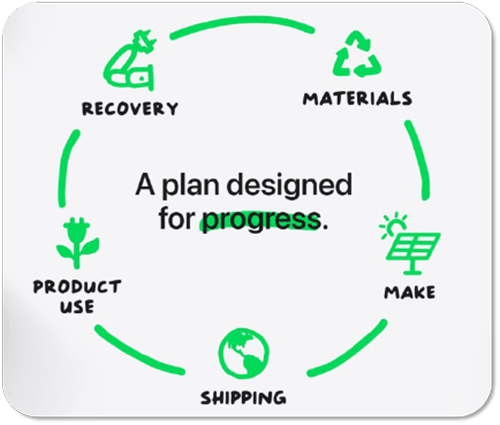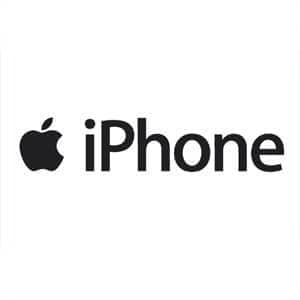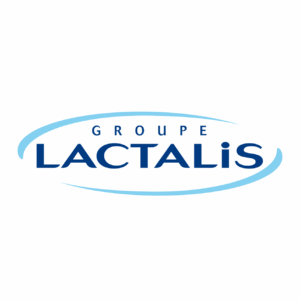Introduction
The iPhone is Apple’s line of smartphones, which run the iOS operating system. The first iPhone was unveiled by Steve Jobs on January 9, 2007. Since then, new models have been released annually.
When it was introduced, its multi-touch screen was described as “revolutionary” and a “game-changer” for the mobile phone industry. The device has been credited with creating the app economy.
As of 2022, the iPhone has 15% market share, yet represents 50% of global smartphone revenues.

Throughout 2022, Apple achieved progress across its environmental goals as an organization. Employees, suppliers, industry partners, and other stakeholders have played an integral role in reducing Apple’s environmental impact.
These efforts have yielded positive results across the business.
Criteria
Carbon Footprint, High
Since April 2020, Apple achieved carbon neutrality for its corporate emissions by sourcing 100% renewable electricity for its facilities.
They have the goal of Carbon Neutrality of all its products by 2030. They have already reduced its footprint by 71%.
Ecological Impact, Medium
Since 2022, Apple urged its worldwide supply chain to decarbonize their entire Apple-related footprint by 2030.
Also, Apple has committed an additional $200 million to nature-based projects.
Energy Consumption, High
Since April 2020, Apple achieved carbon neutrality for its corporate emissions by sourcing 100% renewable electricity for its facilities.
Freight Density, No Information
No info about this topic
Recycling Rates, Medium
In 2022, 20% of the materials shipped in Apple products came from recycled sources, including recycled aluminium, rare earth elements, tin, cobalt, gold, tungsten, steel, brass, copper, and plastic.
Saving Levels, No Information
No info about this topic.
Specific Product Monitoring, High
See Link to its detailed sustainability report.
Supply Chain Waste, Medium
It has the goal of reducing value chain emissions by over 45 percent.
Sustainability Scorecards, High
It serves as chair of the Green Cleaners for Electronics Manufacturing task group, along with more than 20 industry partners, and has submitted the draft version of IPC-1402, Standard for Green Cleaners Used in Electronics Manufacturing, for public review.
Water Management, Medium
Apple has evolved its existing water stewardship strategy into a holistic, enterprise-wide approach that addresses water availability, quality, and equity.
They have a five-pillar approach which is grounded in understanding the local conditions of the watersheds in which Apple operates.
Conclusions
The Apple iPhone scored 6/10 in the criteria analysed, making it a sustainable mobile phone with a detailed sustainable roadmap to follow in the coming years.
Read its Environmental Progress Report.
In relation to other brands
Number of criteria met by each brand:
- Fairphone 7/10
- Samsung 5/10
- MI by Xiomi 5/10





3 Comments